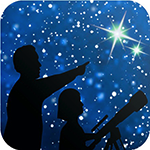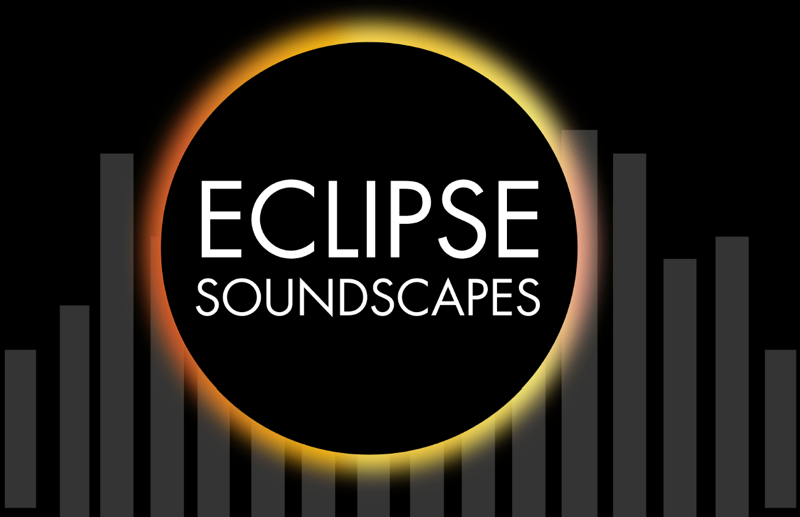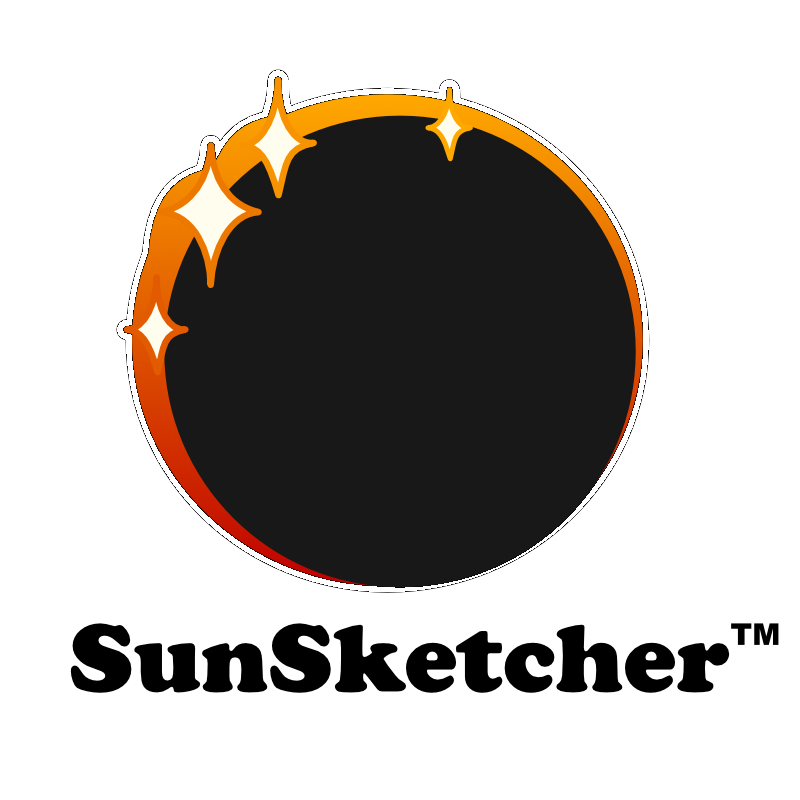April is NASA’s Citizen Science Month, and there is no shortage of projects available. Here are some citizen science projects that you can participate in on April 8th, on and off the path of totality right from your smartphone!
Eclipse Soundscapes, ARISA Lab / NASA
Eclipse Soundscapes
Eclipse Soundscapes will compare data from a 1932 study on how eclipses affect wildlife – in this case, crickets. There are a number of ways you can participate, both on and off the path. NOTE: you must be 13 and older to submit data. Participants 18+ can apply to receive the free Data Collector kit. Learn more at: eclipsesoundscapes.org/
GLOBE Eclipse
Folks that participated in the GLOBE Eclipse 2017 will be glad to see that their eclipse data portal is now open! With the GLOBE Observer smartphone app, you can measure air temperature and clouds during the eclipse, contributing data to the GLOBE program from anywhere you are. Learn more at: observer.globe.gov/
HamSCI, The University of Scranton / NASA
HamSCI
HamSCI stands for Ham Radio Science Citizen Investigation. HamSCI has been actively engaged in scientific data collection for both the October 14, 2023, annular solar eclipse and the upcoming April 8, 2024, total eclipse. Two major activities that HamSCI will be involved in around the solar events will be the Solar Eclipse QSO Party (SEQP) and the Gladstone Signal Spotting Challenge (GSSC) which are part of the HamSCI Festivals of Eclipse Ionospheric Science. Learn more about these experiments and others at: hamsci.org/eclipse
SunSketcher, Western Kentucky University / NASA
SunSketcher
If you’re traveling to totality, help the SunSketcher team measure the oblateness, or shape, of the Sun during the eclipse by timing the flashes of Baily’s Beads. You will need a smartphone with a working camera for this, along with something to hold the phone in place – don’t forget a spare battery! NOTE: The app will need to run from five minutes before the eclipse starts until the end of the eclipse. Any additional phone use will result in Sun Sketcher data loss. Learn more at: sunsketcher.org/
Don’t stop at the eclipse – NASA has citizen science projects you can do all year long – from cloud spotting on Mars to hunting for distant planets! By contributing to these research efforts, you can help NASA make new discoveries and scientific breakthroughs, resulting in a better understanding of the world around us, from the critters on the ground, to the stars in our sky.
We’ll be highlighting other citizen science projects with our mid-month article on the Night Sky Network page, but we want to wish all you eclipse chasers out there a very happy, and safe solar eclipse! For last minute activities, check out Night Sky Network’s Solar Eclipse Resources section
This article is distributed by NASA’s Night Sky Network (NSN).
The NSN program supports astronomy clubs across the USA dedicated to astronomy outreach. Visit nightsky.jpl.nasa.gov to find local clubs, events, and more!




